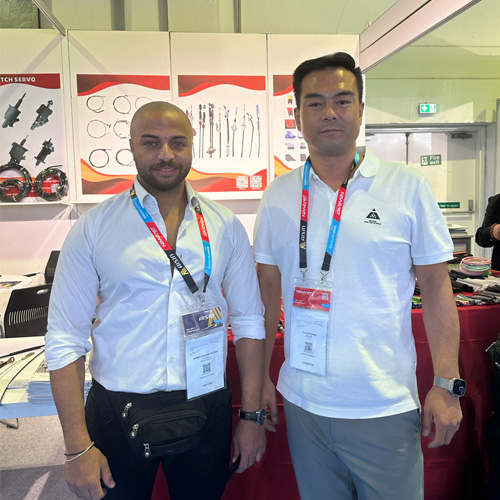Design and Functionality of Throttle Linkage Bell Crank Mechanisms in Automotive Applications
Understanding Throttle Linkage and Bell Crank Mechanisms
Throttle linkage systems play a crucial role in the operation of internal combustion engines, particularly in vehicles. They connect the accelerator pedal to the throttle body, regulating the amount of air and fuel entering the engine. One of the vital components within this system is the bell crank, a mechanical lever that converts the linear motion of the throttle pedal into rotational motion, allowing for smooth and efficient throttle operation.
What is a Throttle Linkage?
Throttle linkage refers to the series of components that operate together to control the throttle valve's position in an engine. The throttle valve regulates airflow into the engine, directly influencing engine power and efficiency. The primary purpose of the throttle linkage is to ensure that the driver's input through the accelerator pedal is transmitted accurately to the throttle body.
The linkage typically includes various parts such as rods, cables, pivots, and, importantly, bell cranks. Each element plays a distinct role in ensuring that the throttle operates seamlessly. A malfunction in any part of the linkage can lead to poor performance, throttle response issues, or even complete failure to accelerate, making the integrity of this system paramount.
The Role of the Bell Crank
A bell crank is a specific type of lever that is pivotal in transforming motion. It typically has two arms that are at right angles to each other. When one arm is moved (for example, when the throttle pedal is pressed), the movement is transferred to the other arm. This transfer of motion allows the bell crank to act as an intermediary, converting linear force into rotational motion that can effectively operate the throttle mechanism.
In a typical throttle linkage setup, the bell crank translates the motion of the accelerator pedal into a movement that opposes the spring tension of the throttle valve. This mechanism ensures that the throttle responds appropriately to the driver's command, enabling immediate increases or decreases in engine power as needed.
Design Considerations for Throttle Linkage Bell Cranks
When designing a throttle linkage system, several factors need to be considered to ensure optimal functionality and efficiency
throttle linkage bell crank

1. Material Selection The materials used for bell cranks and other linkage components must be durable and lightweight. Common materials include aluminum or high-strength plastics, which can withstand the stresses of operation while minimizing weight.
2. Pivot Point Placement The location of the pivot points on the bell crank is crucial. It determines the amount of movement transferred to the throttle valve. Properly positioning the pivot can enhance responsiveness and ensure smooth acceleration.
3. Adjustability Adjustable linkage systems allow for fine-tuning of the throttle response. This feature is particularly important in performance vehicles where a driver may require a more sensitive throttle response for speed or racing scenarios.
4. Clearance and Interference The routing of linkage components must take into account potential obstructions within the engine compartment. Ensuring there is enough clearance can prevent binding and ensure the throttle operates smoothly throughout its full range of motion.
5. Feedback Mechanisms Some advanced systems incorporate feedback mechanisms that rely on sensors to provide real-time data about the throttle position. This integration can improve vehicle performance and fuel efficiency through electronic throttle control systems.
Applications Beyond Automotive
While throttle linkage and bell cranks are predominantly associated with automotive applications, their principles are utilized in various machinery and equipment. Industries ranging from aviation to industrial manufacturing employ similar mechanisms to control various functions, demonstrating the versatility of these simple yet effective designs.
Conclusion
In summary, throttle linkage systems featuring bell cranks are vital to the functionality of internal combustion engines. By converting the linear motion of the accelerator pedal into the rotational motion required to operate the throttle valve, they ensure a driver’s commands are translated efficiently into engine performance. Understanding the design considerations and mechanics behind throttle linkage can lead to better maintenance and improvements in vehicle performance, showcasing the importance of this seemingly simple yet sophisticated system in modern engineering.
-
Workings of Clutch Pipe and Hose SystemsNewsJun.04,2025
-
The Inner Workings of Hand Brake Cable SystemsNewsJun.04,2025
-
The Secrets of Throttle and Accelerator CablesNewsJun.04,2025
-
The Hidden Lifeline of Your Transmission Gear Shift CablesNewsJun.04,2025
-
Demystifying Gear Cables and Shift LinkagesNewsJun.04,2025
-
Decoding Clutch Line Systems A Comprehensive GuideNewsJun.04,2025
